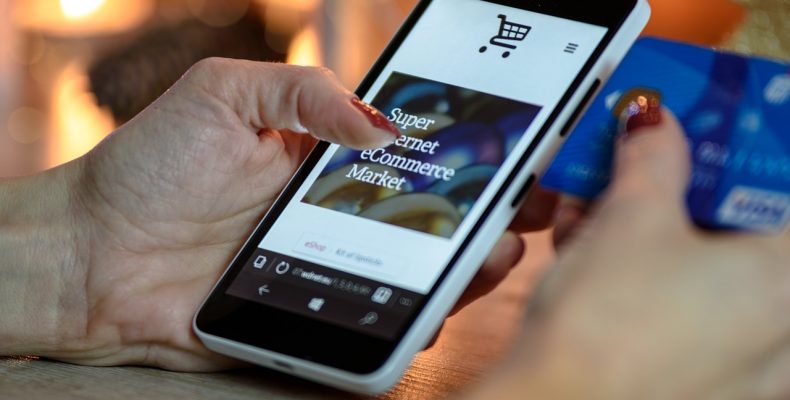
Online marketplaces get tough on counterfeiters
Online marketplaces are realising that, in order to continue to enjoy the goodwill of genuine small businesses that use their platforms as their shop fronts, they need to get tough on counterfeit traders. In May 2017, Amazon launched the latest iteration of its Brand Registry. This is a system which allows vendors to protect their brand.
In order to use this system, you must have an active registered trade mark in each territory where you wish to enrol. At the moment, Amazon only accepts trade marks issued by government trade mark offices in a small number of territories, namely the United States, Brazil, Canada, Mexico, Australia, India, Japan, France, Germany, Italy, Spain, the United Kingdom, the European Union and the United Arab Emirates.
To enrol your brand, you must then sign into the Amazon Brand Registry website, using your existing Seller or Vendor Central credentials, and provide the following information:
- your brand name that has an active registered trade mark;
- the associated registered trade mark number;
- a list of product categories (such as apparel, sporting goods, electronics) in which your brand should be listed;
- a list of countries where your brand’s products are manufactured and distributed; and
- if you are not a seller or vendor on Amazon, the contact details of an attorney or notary who is prepared to guarantee to Amazon that you are the trade mark owner.
There are currently more than 130,000 brands registered in the Amazon Brand Registry, many of which are household names, and these brands report an average of 99 per cent fewer suspected infringements than before the launch of the Brand Registry.
Amazon also recently launched a new anti-counterfeiting initiative, called Project Zero. Brands provide key data points about themselves, such as trade marks or logos, which are then compared against products listed on Amazon, in order to identify suspected counterfeit products. Project Zero also allows brands to remove counterfeit listings themselves, as opposed to having to contact Amazon to do the same. Product serialisation is also being used by Amazon to fight counterfeiters: this allows brands to assign a secure, unique, alphanumeric code to every product unit that they manufacture. This information is then used to authenticate the products as each item sent out from Amazon’s distribution centres will be scanned for this code, in order to ensure that only genuine products are sent to customers. Currently, Project Zero is an invite-only system available in the US.
The virtual high street is viewed by many customers as having the same legislation and restrictions as the actual high street, especially when they are purchasing from a global platform such as Amazon. After all, customers walking into a high street department store would expect that all the goods inside were genuine.
All e-platforms need to adopt a similar approach to Amazon to ensure that counterfeit goods are no longer an issue. eBay’s Verified Rights Owner (VeRO) programme is another example of the online retail industry taking steps to combat counterfeiters. Going forward, as more brands sign up to these systems, their strength will only increase and this will allow companies such as Amazon and eBay to work towards ensuring that the infringement of intellectual property rights on their platforms is minimised.
Please do not hesitate to contact your usual trade mark attorney should you require any additional information, or email info@barkerbrettell.co.uk.


